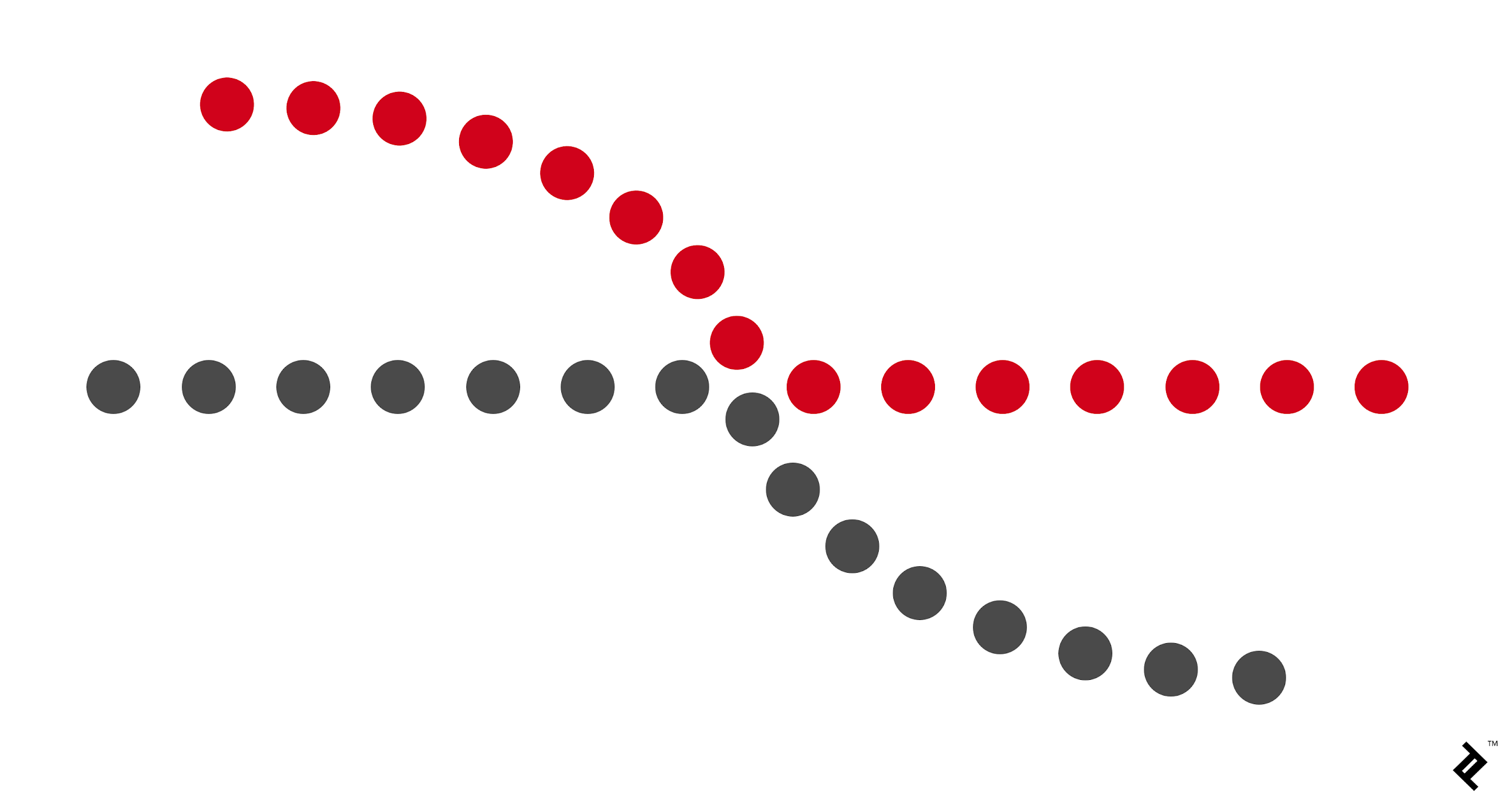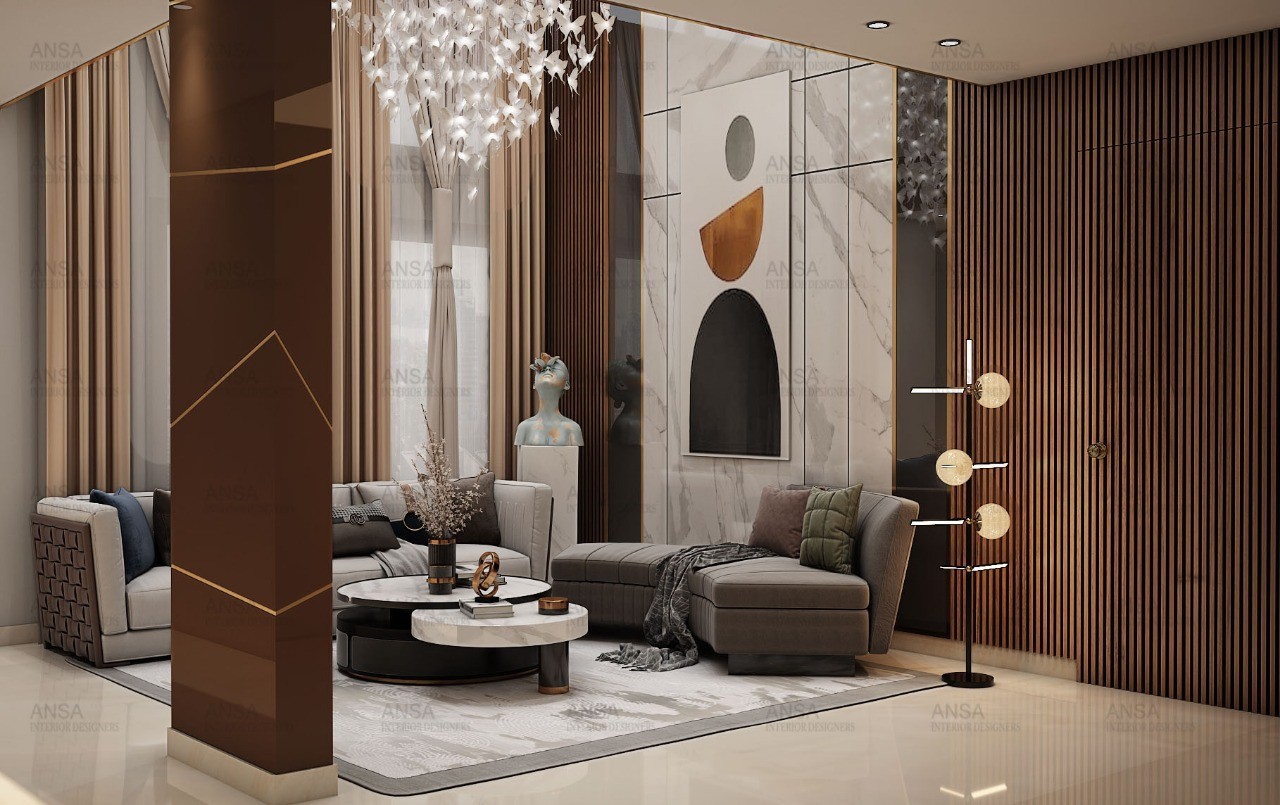Table Of Content

The background image and the text overlaid on it demonstrate the principle of figure/ground. The course cards have a similar structure, so users know they are part of a group. The icons and descriptions are placed in close proximity to indicate that they belong together. And finally, colors and graphics divide the page into separate regions.
How are Gestalt principles used in everyday life?
Understanding how your users perceive and interpret your work is key. It doesn't matter what kind of designer you are; understanding the Gestalt principles and their underlying psychology will improve your work. The most iconic example of this concept in design is The Olympics logo. You likely see it as five overlapping circles because the whole shape is harder to understand and describe.
Eleven Gestalt Principles to keep in mind for design
Your website needs to focus on simplicity, rather than complexity to succeed. If you push your agency to create a complicated, yet unique design, you risk alienating browsers. People on your website will also work against the design anyway, breaking it down to a simpler form. With continuity, you make it easier for users to explore and navigate your website. A blog, for example, can feature organized rows and columns for posts, which provides readers with continuity. You can apply the same concept to menus, image carousels, and more.
Proximity
They are even recognized despite perspective and elastic deformations as in C, and when depicted using different graphic elements as in D. Computational theories of vision, such as those by David Marr, have provided alternate explanations of how perceived objects are classified. Reification is the constructive or generative aspect of perception, by which the experienced object of perception contains more explicit spatial information than the sensory stimulus on which it is based. For instance, a triangle is perceived in picture A, though no triangle is there.
How Foyer uses grouping principles in their design strategy and visual elements
The main idea is that gestalt principles are about perception and what is visually communicated by objects. The principles speak to the core of the visual language within which we work. The principle of similarity states that our mind naturally groups similar things, even if they are not physically together. We look for common patterns in visual information, such as colors, shapes, and sizes. The mind also tends to think that similar things have the same function.
visual hierarchy principles for web design

Our brains are built to see structure and patterns in order for us to better understand the environment that we’re living in. Gestalt principles or laws are rules that describe how the human eye perceives visual elements. These principles aim to show how complex scenes can be reduced to more simple shapes.
Gestalt meets Milano Design Week, Open Act @Cairoli M1 Metro Station at LINEA, Milan - Resident Advisor
Gestalt meets Milano Design Week, Open Act @Cairoli M1 Metro Station at LINEA, Milan.
Posted: Mon, 15 Apr 2024 16:24:35 GMT [source]
Max Wertheimer, Wolfgang Köhler, and Kurt Koffka are the pioneers of Gestalt psychology. In this article, we break down what is Gestalt psychology, the seven Gestalt principles of design, and how to apply it to your work. In this article, we break down what is Gestalt psychology, the seven Gestalt principles of design, and how to apply it to your Webflow website. All that’s really required is to think about how the human brain, including the one you’re using right now to read this content, perceives and absorbs information. Adapting this mindset when crafting communications will help you simplify your content and drive your point home. The invariance principle in Gestalt philosophy describes the fact that the mind can recognize certain objects independent of other factors like rotation, scale or distortion.
The Principle of Common Fate
Gestalt Audio Design, Wolf von Langa - Stereophile Magazine
Gestalt Audio Design, Wolf von Langa.
Posted: Fri, 26 Apr 2024 22:03:33 GMT [source]
Since we often encounter objects from different perspectives, we’ve developed an ability to recognize them despite their different appearance. At Foyer, Geoffrey’s team helps other teams build documents, interfaces, and copies by following guidelines, principles, and best practices. To do this, Geoffrey needs to provide a customer-centric interface in order to promote a self-serve culture for page visitors, and eventually clients. We spoke to Geoffrey Crofte, Lead UX designer at Foyer, a Global Guidelines & Design System.
Mia Cinelli explains how the principle of continuity applies to typography and highlights a widespread mistake designers make. Along with person-centered and existential therapy, it is one of the primary forms of humanistic therapy. Researchers that investigated how consumers form overall impressions of consumption objects found that they usually integrate visual information with their own evaluation of specific features (Zimmer & Golden, 1988). They are particularly useful in the creation of posters, magazines, logos and billboards in a meaningful and organized way. More recently, they have also been applied to the design of websites, user interfaces and digital experiences (Graham 2008).
Figure/ground and multistability are sometimes confused to be the same. In most cases, background and foreground are stable, but in some cases, such as the optical illusion of Rubin's vase, it can contribute to multistability. An example of proximity in design is the Girl Scouts logo, with its three faces clustered in profile (two green, one white). Instead of interpreting each blotch separately, we immediately identify a Dalmatian from a collection of oddly shaped black blotches.
Gestalt suggested that students should perceive the whole of the learning goal, and then discover the relations between parts and the whole. That meant that teachers should provide the basic framework of the lesson as an organized and meaningful structure, and then go into details. Product development has adopted Gestalt Laws in approaches that consider how the target customer will perceive the final product.
By cementing in our own minds the many ways we organize visual information, we can improve our designs for all users. The Gestalt principle of invariance explains how we perceive basic shapes as identical despite various transformations. These transformations include rotation, movement, size alteration, stretching, different lighting conditions, and variations in parts. Thanks to invariance, we can recognize our friends and family members from afar or different angles or even when they make funny faces. Graphic designers quickly embraced Gestalt Principles, using them to create eye-catching designs with well-placed elements.
Flicking forward six pages finally brought me to a new chapter heading, which my eye instantly noticed and read. For example, quotes that appear in boxes, in a slightly bigger font, with an italic emphasis, are easily recognizable as such. The law of similarity carries our recognition of this standard from one website to another.
It’s not about reinventing the wheel; it’s about using what works to create comfortable, intuitive experiences. It’s about speaking the user’s language before they even know they’re listening. In design, this principle plays a massive role in user expectations. It’s about tapping into familiar patterns or layouts so users feel right at home.

No comments:
Post a Comment